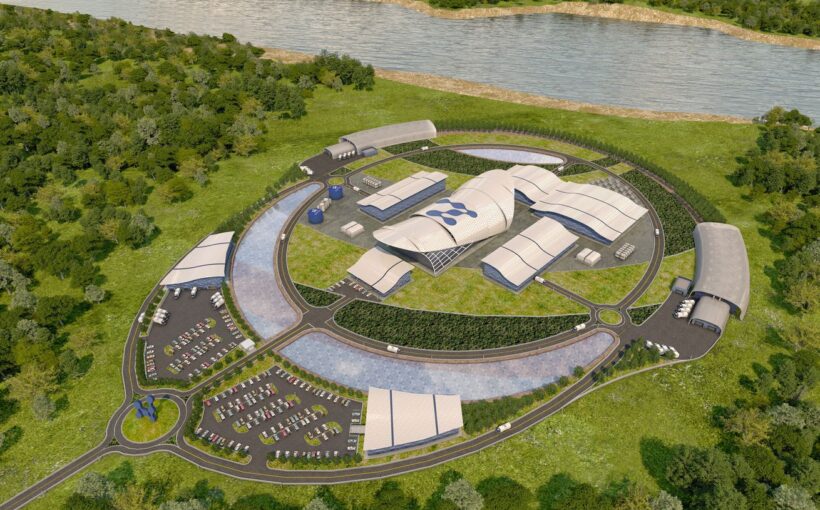
For the first time, the US Nuclear Regulatory Commission (NRC) has certified a design for an advanced small modular reactor (SMR). The certification allows utilities to choose the advanced reactor design when applying for a license to build and operate a new power plant.
The NRC’s certification is a significant stamp of approval for a potential climate solution that’s still controversial among environmental advocates. Essentially, it’s a green light for an entirely new generation of nuclear reactors.
“SMRs are no longer an abstract concept,” Assistant Secretary for Nuclear Energy Kathryn Huff said in a Department of Energy press release.
Whether these advanced reactors can overcome challenges that traditional nuclear power plants have faced remains an open question. There are still years of testing and research to come.
Nuclear energy proponents are eager to get the technology out of the lab and into the real world as the Biden administration tries to bring carbon-free energy online to meet its climate goals. The argument is that nuclear plants, which don’t emit greenhouse gas emissions, can provide much-needed backup to solar and wind energy that fluctuates with the weather. Because they’re small and modular (i.e., they can be factory-assembled), these next-gen reactors are also supposed to be cheaper and easier to build and site than traditional nuclear power plants.
The design certified by the NRC is about a third of the size of a traditional reactor and is based on a concept developed at Oregon State University in the 2000s. Since 2014, the Department of Energy (DOE) has given more than $600 million to the company that grew out of that research project, NuScale Power, and similar advanced reactor concepts to mature the technology.
The DOE and NuScale are currently working with utility Utah Associated Municipal Power Systems to build a demonstration power plant with the small modular reactors. The first module is expected to come online in 2029, with the rest of the plant becoming fully operational the following year.
The module design that was recently approved can generate up to 50 MW of electricity, although Nuscale has applied to increase that up to 77 MW. The plan is to build the demonstration plant in Idaho, with six modules collectively able to generate 462 MW.
Costs have already risen for that project. The target price per megawatt of power from the plant jumped 53 percent this month to $89 per megawatt hour, Reuters reports. The higher price tag “reflects the changing financial landscape for the development of energy projects nationwide,” according to a NuScale press release. But rising costs are nothing new for nuclear energy projects. The only nuclear power plant under construction in the US, the Vogtle reactors in Georgia, is already billions of dollars over budget following years of delays.
There are also other hurdles to overcome before there can be any nuclear renaissance in the US — public concerns about safety, securing supply chains for nuclear fuel, protests over domestic uranium mining, and what to do with nuclear waste that even small modular reactors could produce a lot of. Those are challenges that the previous generation of nuclear power plants faced that next-generation reactors haven’t yet been able to escape.
The NRC published its final rule on NuScale’s advanced reactor design in the Federal Register on January 19th, and it will take effect on February 21st. The Commission has only ever certified six other kinds of nuclear reactors — all of which are the older, larger designs.
Source: TheVerge



